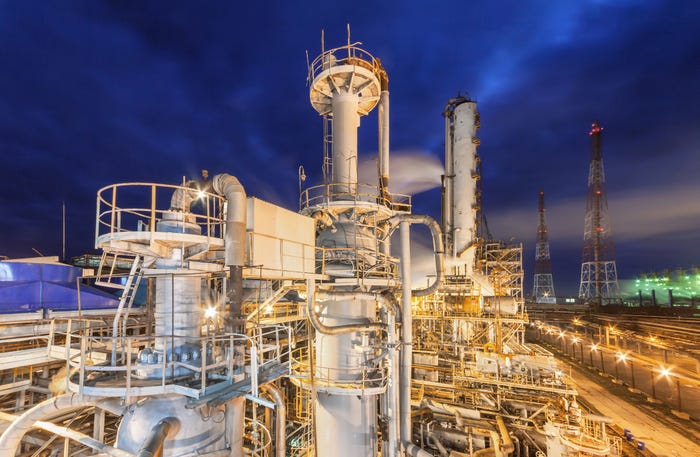Digital Twin of Tokyo’s Metro Could Help Commuters NavigateDigital Twin of Tokyo’s Metro Could Help Commuters Navigate
The proof-of-concept design was created to demonstrate the possibilities of smart city technologies in Tokyo

A team of engineers has developed a proof-of-concept digital twin of Tokyo’s metro system, designed to help residents monitor and navigate their commutes more effectively.
Tokyo has one of the busiest and densest metro areas in the world, making urban planning and day-to-day navigation a relatively tricky task. By digitizing the city’s train data, the team hoped to demonstrate how digital tools can be used to streamline daily commutes for both residents and city planners.
The proof–of-concept design was developed by the Tokyo Smart City Studio, headquartered in Georgia Tech’s Eco Urban Lab. The project is also run in collaboration with researchers from the University of Tokyo’s Department of Urban Engineering, Keio University and the Global Carbon Project office in Tsukuba, Japan.
The digital twin app analyzes real-time train data to visualize the Tokyo Metro, allowing a commuter to select a line, see arrival times for the next train at every station and track any train along its route.
“The project was established to demonstrate how real-time train data can be combined with train schedules to create a digital twin of the Tokyo train system,” said Sajit Thomas, creator of the app.
The app uses real-time analytics tools, as well as the rendering capabilities and animations of ArcGIS Maps SDK – digital map-building software developed by information system software company Esri.
Using these tools, the app provides a 3D rendering of the city’s buildings and, combining real-time feeds with static information from the Public Transportation Open Data Center for Tokyo Metro, displays train locations, arrival times and delays.
A live view of the design can be seen here.
“With every new release of ArcGIS software, new capabilities are added,” Thomas said. “The project was envisioned and developed within a month. The capabilities in the latest version of ArcGIS made the process of development easier because the API supported many of the 3D capabilities required to build a digital twin without writing a whole lot of code.”
“Digital twins like the Tokyo Metro one could be deployed to monitor various systems in the city, from public transportation including trains and buses to traffic, utilities, sanitation, pollution, policing and even weather,” he added. “Typically, a digital twin provides an operational view of one system in the city and where problems are occurring.
“The goal is to have a digital twin that provides an operational view of multiple systems in the city and how the problems from one system impact the other systems and the overall cascading effect on the city.”
The Georgia Tech program is an interdisciplinary program designed to train students in urban design and develop smart city tools to support Tokyo’s growth – with a particular focus on geospatial tools.
Read more about:
AsiaAbout the Author
You May Also Like








